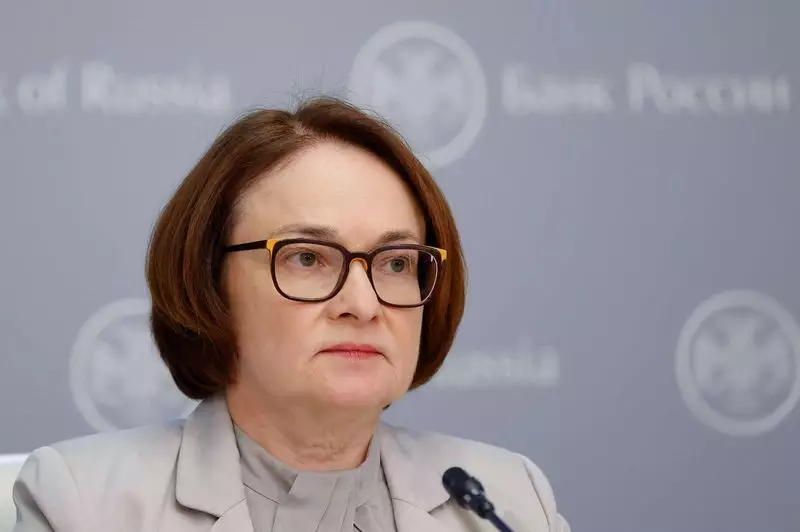Russia’s central bank has recently raised its key interest rate by a significant 200 basis points to 18%. This move comes as the country faces challenges related to high inflation and an overheated economy. The decision brings the cost of borrowing to its highest level in over two years, highlighting the severity of the situation at hand.
Inflation Forecast
The central bank has also revised its inflation forecast for the year 2024, now expecting it to be in the range of 6.5% to 7.0%. This is a notable increase from its previous predictions and indicates the seriousness of the inflationary pressures facing the economy. Additionally, the bank has signaled the possibility of further rate hikes in the future, suggesting that more tightening measures may be necessary to combat inflation effectively.
The Bank of Russia has stated that inflation is accelerating well above previous forecasts, driven by strong domestic demand that is surpassing supply capabilities. This imbalance has contributed to the current state of high inflation and necessitates tighter monetary conditions to bring inflation back to the target level of 4%. The central bank highlighted labor shortages and continued growth in retail and corporate lending as key factors fueling inflationary pressures in the economy.
The decision to raise interest rates reflects the central bank’s efforts to address the upward deviation of the Russian economy from a balanced growth path. By taking this action, the bank aims to mitigate the risks of overheating and ensure a more sustainable economic trajectory in the future. The bank’s decision to revise its GDP growth forecast for 2024 further underscores the importance of implementing measures to manage economic growth effectively.
While the market had anticipated the interest rate hike, there were dissenting voices within the Russian elite who favored a more lenient approach. This divergence of opinions highlights the complexities of managing economic policy in the face of varying perspectives on the best course of action. The central bank’s commitment to addressing inflation concerns and maintaining price stability is crucial for restoring confidence in the economy.
Looking ahead, Governor Elvira Nabiullina is expected to provide insights into the central bank’s policy stance in upcoming media addresses. The next rate decision scheduled for September 13 will be closely watched for further indications of the bank’s monetary policy trajectory. As inflation remains a key area of focus, ongoing measures to manage price stability will be essential for ensuring sustainable economic growth in the long term.
Overall, Russia’s central bank’s interest rate hike reflects the challenges of navigating an economy grappling with high inflation and overheating pressures. By implementing tighter monetary conditions, the bank aims to address these challenges and steer the economy towards a more stable and sustainable path. As the central bank continues to assess the evolving economic landscape, it will be crucial to monitor future policy decisions and their impact on the broader economic outlook.

